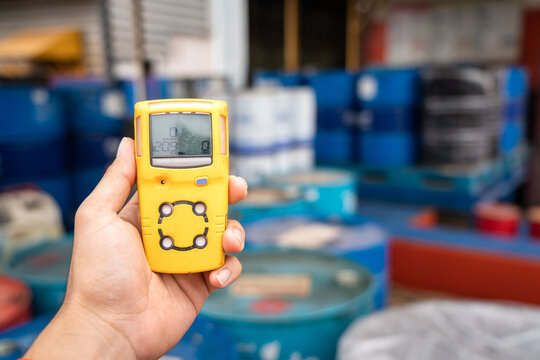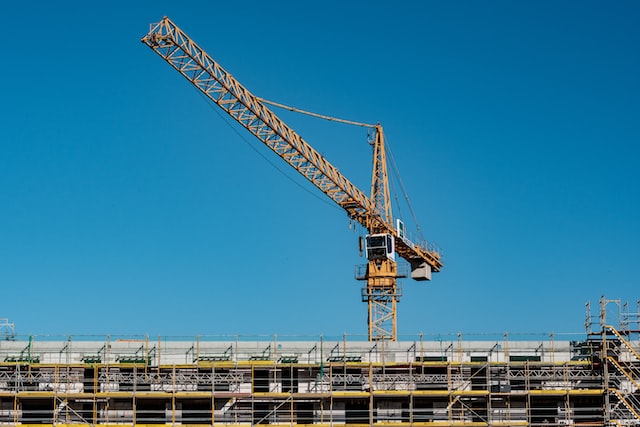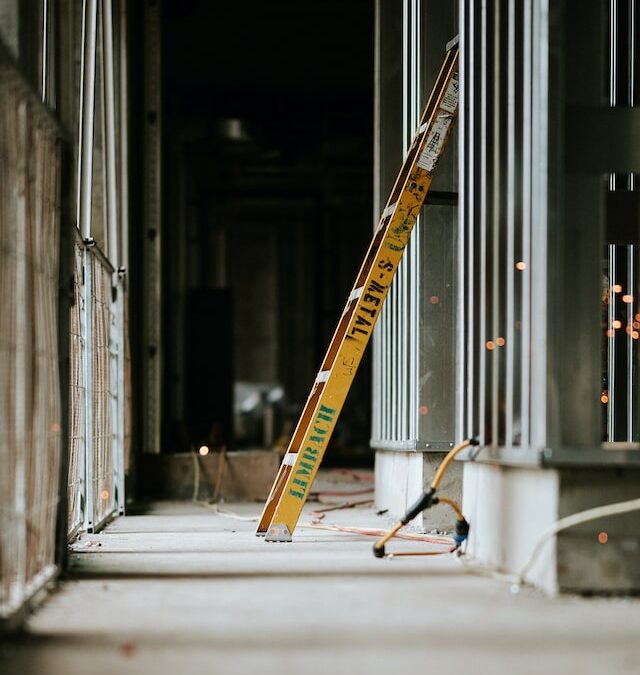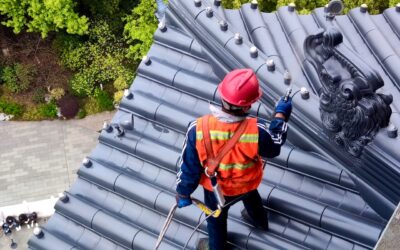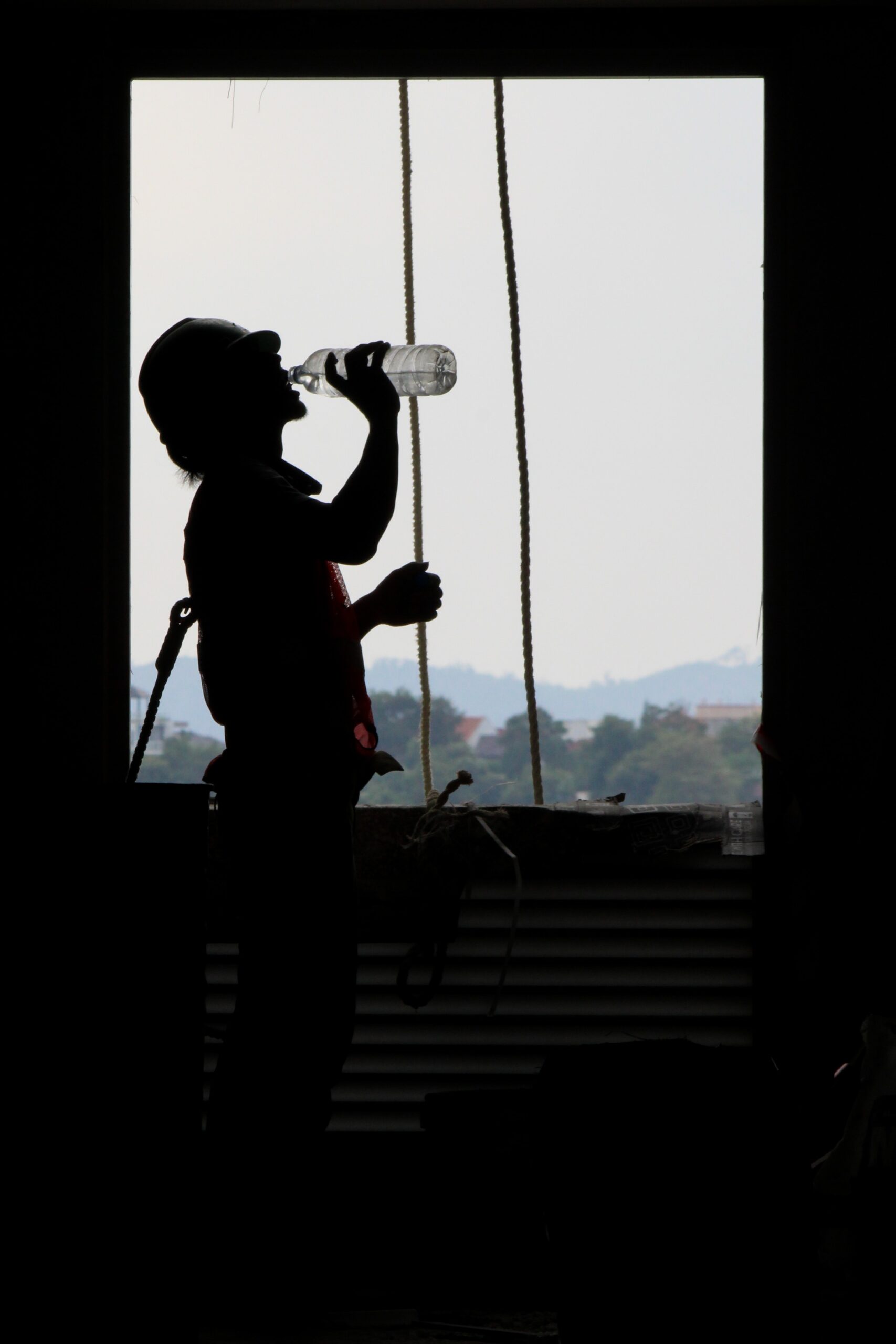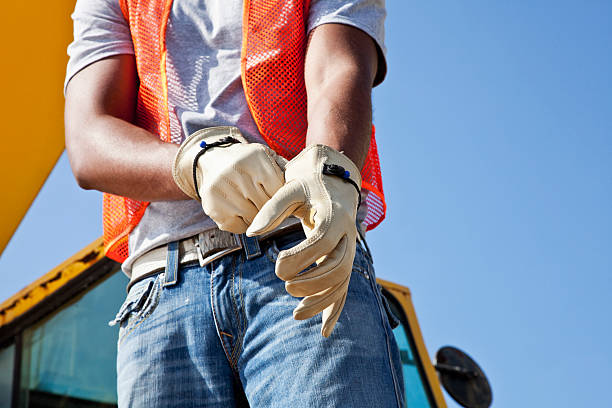
Hand/Finger Protection
Introduction:
Hands and fingers are the most commonly injured body parts in the workplace. According to the Bureau of Labor Statistics, about 30% of all workplace injuries involve hand and finger injuries. Therefore, it is important to take hand and finger protection seriously in the workplace. In this toolbox talk, we will discuss the types of hand and finger injuries, engineering and administrative controls to prevent them, and styles of gloves that offer different degrees of protection.
Types of Hand and Finger Injuries:
Hand and finger injuries can range from minor cuts and abrasions to more serious injuries such as fractures, amputations, and nerve damage. Some common types of hand and finger injuries are:
Cuts and Lacerations: Cuts and lacerations are the most common type of hand and finger injuries in the workplace. They can be caused by sharp objects like knives, broken glass, or metal edges.
Burns: Burns can be caused by heat, chemicals, or electrical sources. Burns can range from minor to severe, and can cause permanent damage to the skin and tissues.
Fractures: Fractures are breaks in bones and can be caused by impact or crushing forces. They can be very painful and require a long time to heal.
Amputations: Amputations are the most severe type of hand and finger injury. They can be caused by machinery or other equipment that crushes or cuts off a body part. Amputations require immediate medical attention and can result in permanent disability.
Engineering Controls:
Engineering controls involve designing the workplace to eliminate or reduce hazards. Some engineering controls that can be used to prevent hand and finger injuries are:
Machine Guarding: Machine guarding is a physical barrier that prevents workers from coming into contact with hazardous machine parts. Machine guarding should be installed on all machinery with moving parts that can cause injury.
Ergonomic Design: Ergonomic design involves designing workstations and tools to reduce the risk of injury. For example, using tools with padded handles can reduce the risk of hand fatigue and injury.
Automation: Automation can be used to eliminate the need for workers to perform hazardous tasks. For example, using robots to perform tasks that require manual dexterity can reduce the risk of hand and finger injuries.
Administrative Controls:
Administrative controls involve changing work practices and policies to reduce the risk of injury. Some administrative controls that can be used to prevent hand and finger injuries are:
Training: Workers should receive training on the proper use of tools and equipment, as well as the hazards associated with their job.
Hazard Communication: Employers should communicate the hazards associated with each job and provide workers with the necessary personal protective equipment (PPE) to protect against those hazards.
Personal Protective Equipment (PPE)
There are many different styles of gloves that offer different degrees of protection. Some common styles of gloves are:
Cut-Resistant Gloves: Cut-resistant gloves are designed to protect against cuts and lacerations. They are made of materials like Kevlar, steel mesh, or high-performance polyethylene.
Impact-Resistant Gloves: Impact-resistant gloves are designed to protect against impact and crushing forces. They are typically made of materials like leather or synthetic materials with added padding.
Hi-Viz Gloves: Hi-Viz gloves are designed to improve visibility in low light conditions. They are typically made of bright, fluorescent materials and can help prevent accidents by making workers more visible.
Conclusion:
In conclusion, hand and finger injuries are a common hazard in the workplace. It is important to take hand and finger protection seriously by using engineering and administrative controls, providing appropriate training, and using the proper PPE. By implementing

